How to buy ETH
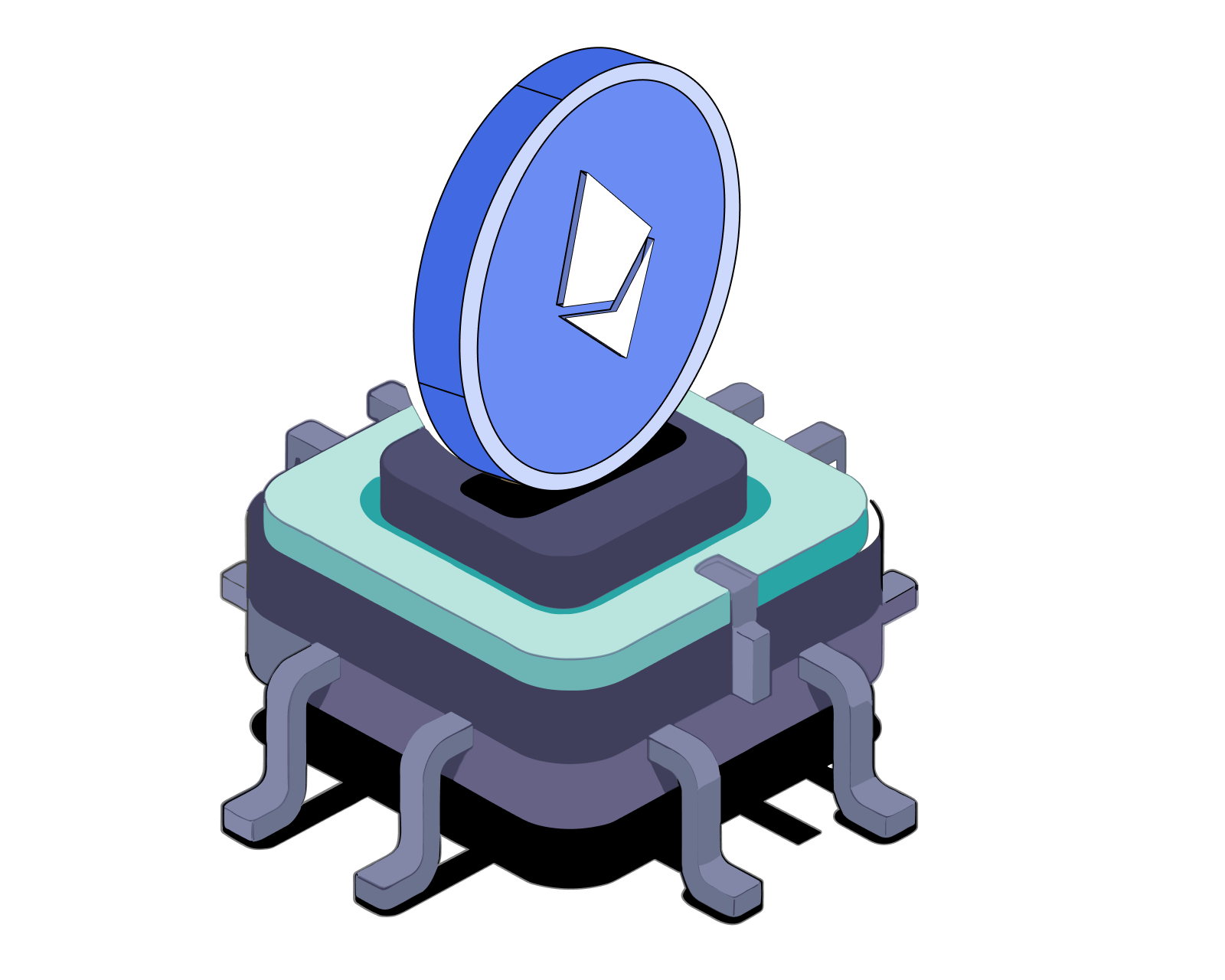
Table of Contents
Platforms for Purchasing ETH
You can buy ETH through:
- Digital wallet providers
- Centralized exchanges
- OTC desks (for high-net-worth individuals)
- Peer-to-peer marketplaces
- Payment apps like PayPal
Where Your ETH Goes After Purchase
After buying (ETH), you can store it:
- In a self-custodial wallet, like the Bitcoin.com Wallet
- In a custodial wallet (e.g., on an exchange or payment app)
Self-Custodial vs. Custodial Wallets
Self-custodial wallets offer full control without needing third-party approval for transactions. They allow customization of network fees and provide enhanced security, as long as you follow key management best practices. The Bitcoin.com Wallet, which supports Bitcoin (BTC), Ethereum (ETH), and the most popular cryptocurrencies and blockchain networks, is a recommended self-custodial wallet.
Custodial wallets might impose restrictions like address registration, withdrawal delays, or account freezing.
Taking possession of your ETH
The big difference between buying a cryptocurrency like ETH and buying a "traditional" financial asset like a share in Apple is that with crypto-assets, you have the option to take custody of the asset yourself - and this has some important implications.
With traditional financial assets, there's always a middleman standing as a 'custodian' between you and the asset - and having that third party adds risk and cost. The risk comes from opaque accounting practices and the chance of bankruptcy. The cost comes from the overhead associated with holding your assets on your behalf. Beyond risk and cost, custodians also make it more difficult for you to use your assets exactly as you wish. For example, in the custodial model, while you may "own" a share of Apple, what you actually have is a claim or an IOU. You can't send it to your friend and, when you want to trade it, you're must ask the platform (broker) for permission to do so.
By contrast, crypto-assets are built to be 'non-custodial' and 'permissionless.' This means that you can take true possession of your assets and use them however you like. This is similar to the way you hold cash notes, but since crypto-assets exist in the digital realm, you can interact at a global scale and at the speed of the Internet.
Surprisingly, the reality is that, even though it's possible to take true possession of your crypto-assets, most people don't! The majority of crypto-assets continue to be held by custodians on centralized exchange platforms. This is likely due to the fact that, until recently, there weren't easy-to-use tools for taking possession of your crypto. Luckily, that's all changed.
Now there are simple but powerful 'digital wallets' like the Bitcoin.com Wallet that make it easy to take control of your crypto-assets.
With the Bitcoin.com Wallet, not only can you quickly buy and sell ETH (and a range of other select cryptocurrencies), you can also securely hold your crypto-assets. In other words, you - and only you - will have access to your assets, and you can use them exactly how you want. That means you're free to send them, receive them, and trade them - 24/7, no questions asked. Even if Bitcoin.com ceases to exist, you'll always have full control over your crypto-assets.
Read more: How to create an Ethereum Wallet and why you need one.
Identity Verification (KYC/AML)
When buying ETH with government-issued currency via exchanges, KYC (Know-Your-Customer) and AML (Anti-Money-Laundering) regulations require identity verification.
Fees for Buying ETH
Fees depend on the payment method and platform. They are generally lower for larger purchases.
Detailed Buying Methods
Buying ETH with the Bitcoin.com Wallet
- Open the app and select ETH.
- Tap "Buy" and follow on-screen instructions.
- Choose a wallet for depositing ETH.
- For first-time buyers, enter credit card information and verify identity.
- Complete the purchase.
Buying ETH from the Bitcoin.com Website
- Visit the Buy page.
- Select ETH and enter the amount.
- Provide your ETH wallet address.
- Complete the purchase process with payment details and, if asked, complete ID verification.
Buying ETH from a Centralized Exchange
- Visit an exchange and create an account, including ID verification.
- Buy ETH and it will appear in your exchange account.
- To control your ETH, send it to a self-custodial wallet.
Buying ETH via Peer-to-Peer Platforms
- Search for listings based on payment type, amount, and seller reputation.
- Initiate a trade to lock ETH in escrow.
- Send payment and wait for the seller to confirm.
- ETH is released from escrow to your wallet.
Related guides
Start from here →

What is Ethereum?
Understand Ethereum's key characteristics.
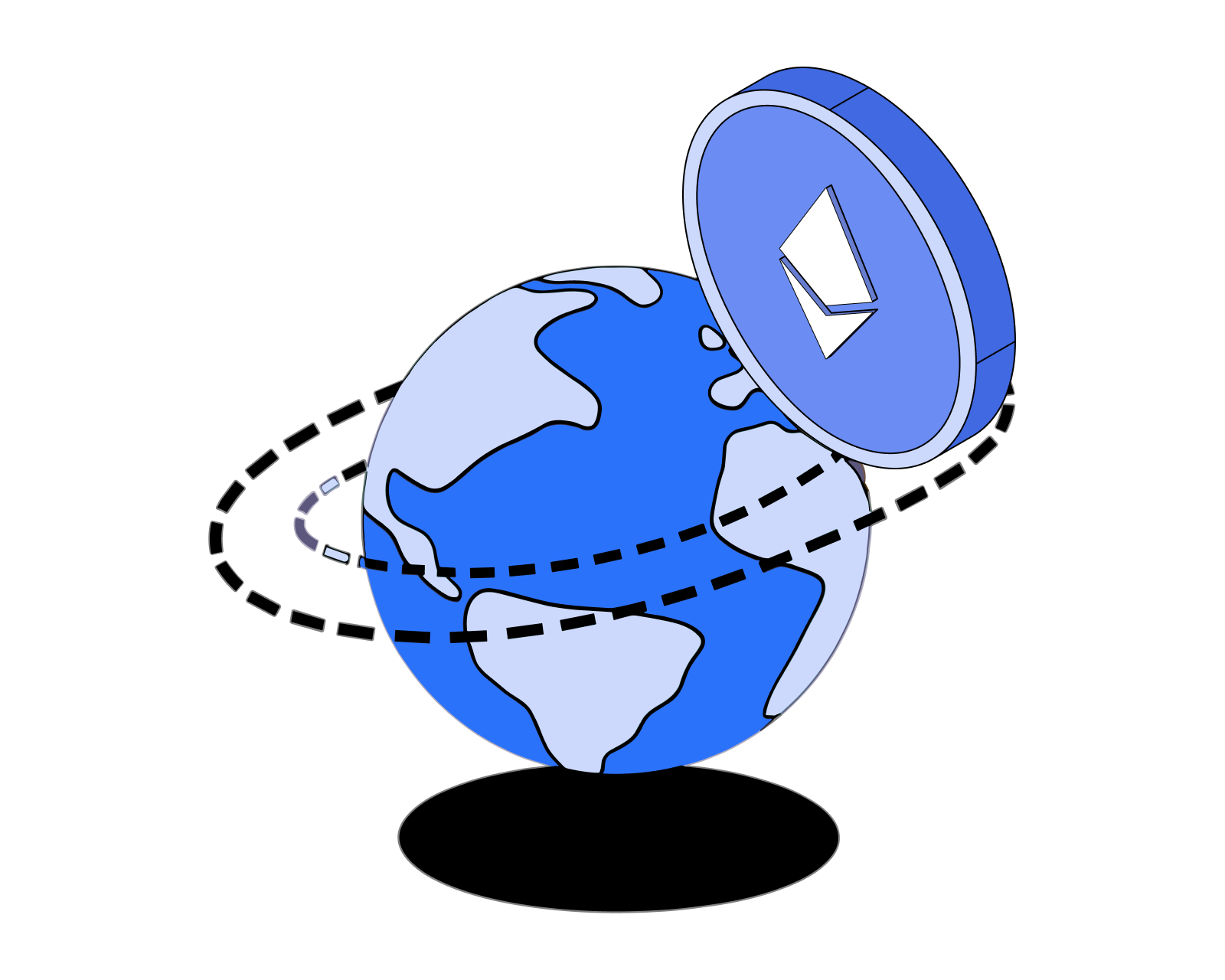

What is ETH used for?
Understand the function and utility of ETH.
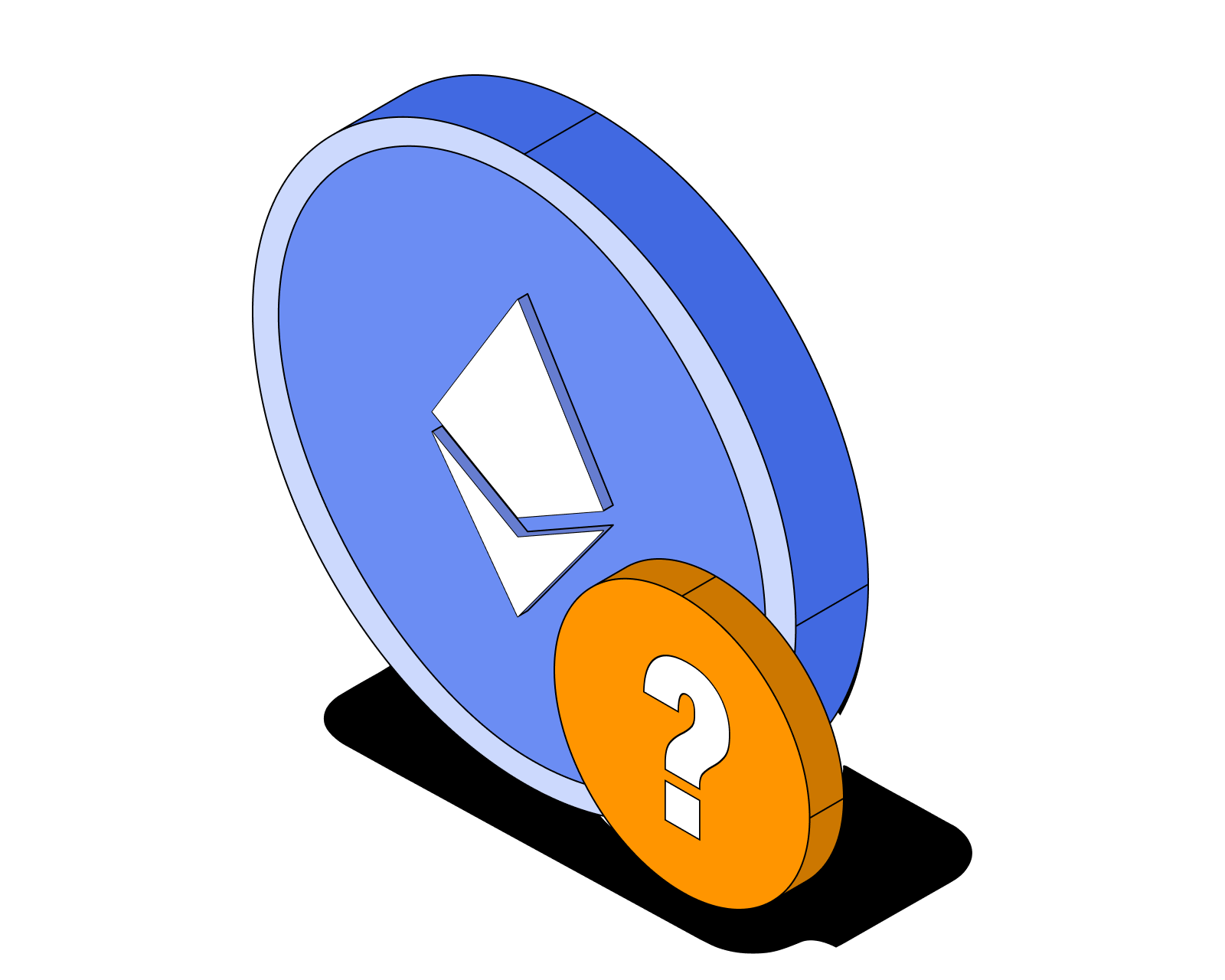
Who created Ethereum?
Understand the origin and early history of the Ethereum protocol.
Read this article →
Who created Ethereum?
Understand the origin and early history of the Ethereum protocol.
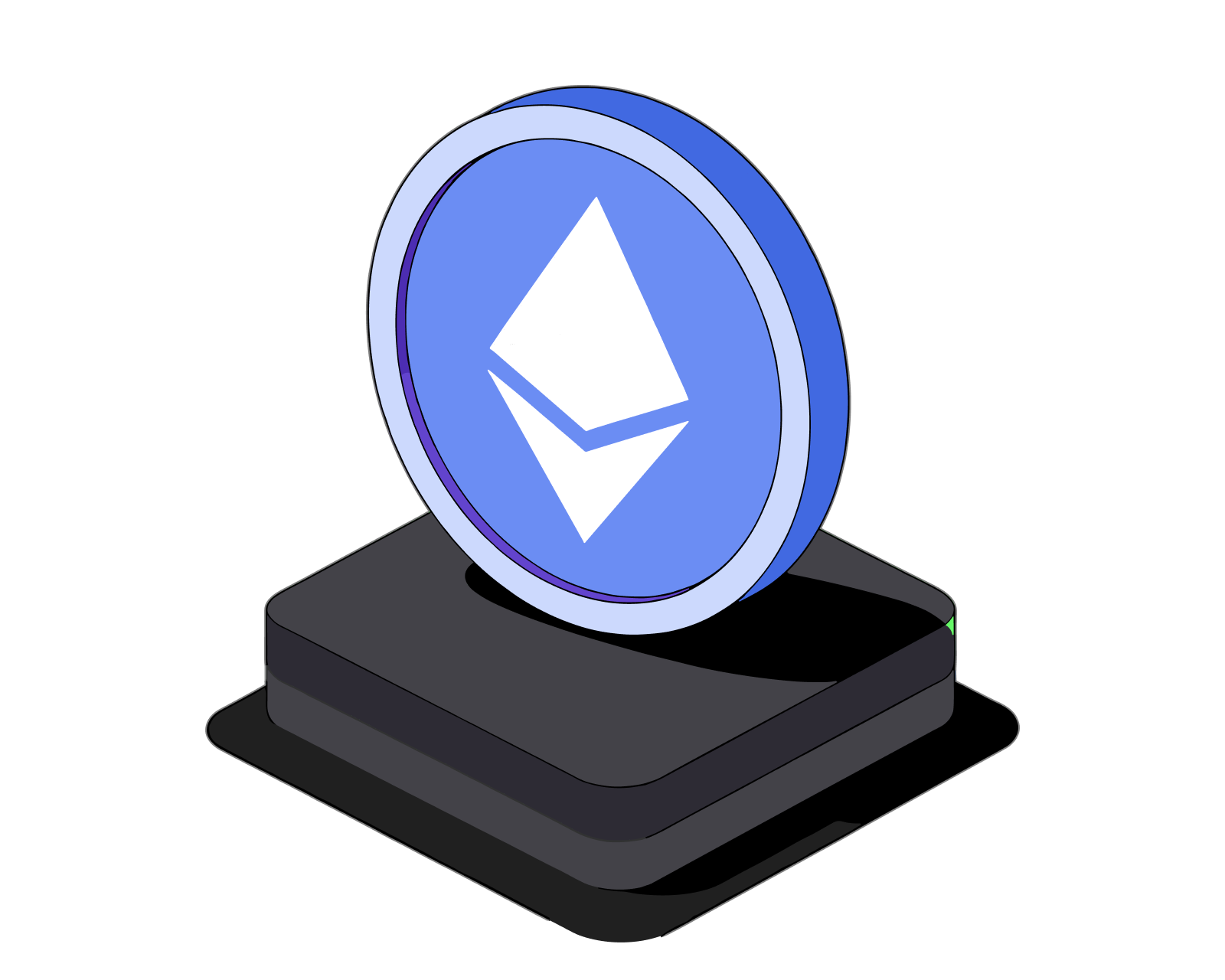
How was ETH initially distributed?
Learn about the 2014 crowdsale, the initial distribution of ether (ETH), and why it's important.
Read this article →
How was ETH initially distributed?
Learn about the 2014 crowdsale, the initial distribution of ether (ETH), and why it's important.

What's a smart contract?
Get the basics on the "software" that runs on decentralized networks.
Read this article →
What's a smart contract?
Get the basics on the "software" that runs on decentralized networks.

What are ERC-20 tokens?
Learn the basics of the Ethereum token standard, what ERC-20 tokens are used for, and how they work.
Read this article →
What are ERC-20 tokens?
Learn the basics of the Ethereum token standard, what ERC-20 tokens are used for, and how they work.

What is DeFi?
Learn what makes decentralized finance (DeFi) apps work and how they compare to traditional financial products.
Read this article →
What is DeFi?
Learn what makes decentralized finance (DeFi) apps work and how they compare to traditional financial products.
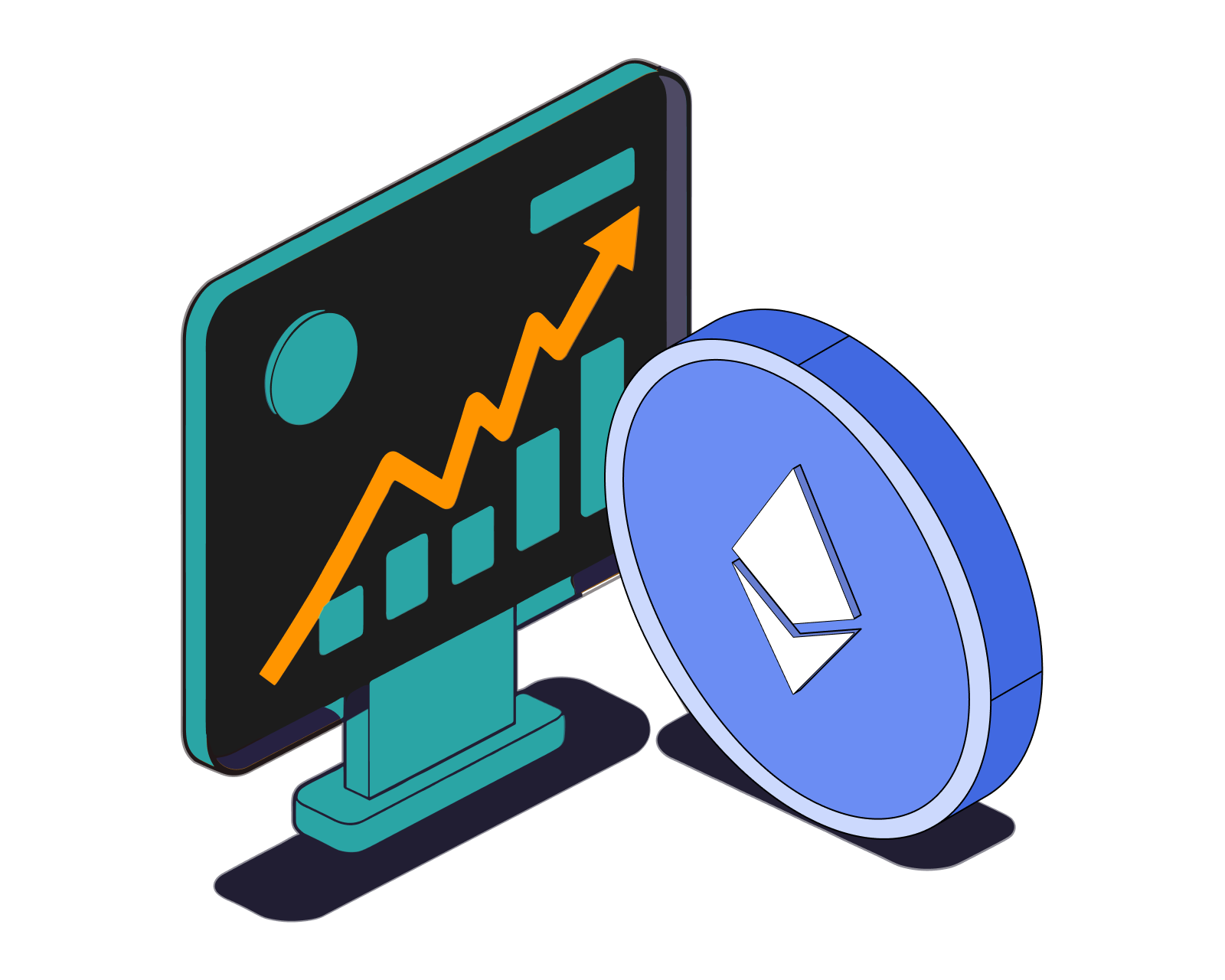
What is Ethereum's monetary policy?
Learn about the issuance rate of ETH and how it is governed.
Read this article →
What is Ethereum's monetary policy?
Learn about the issuance rate of ETH and how it is governed.
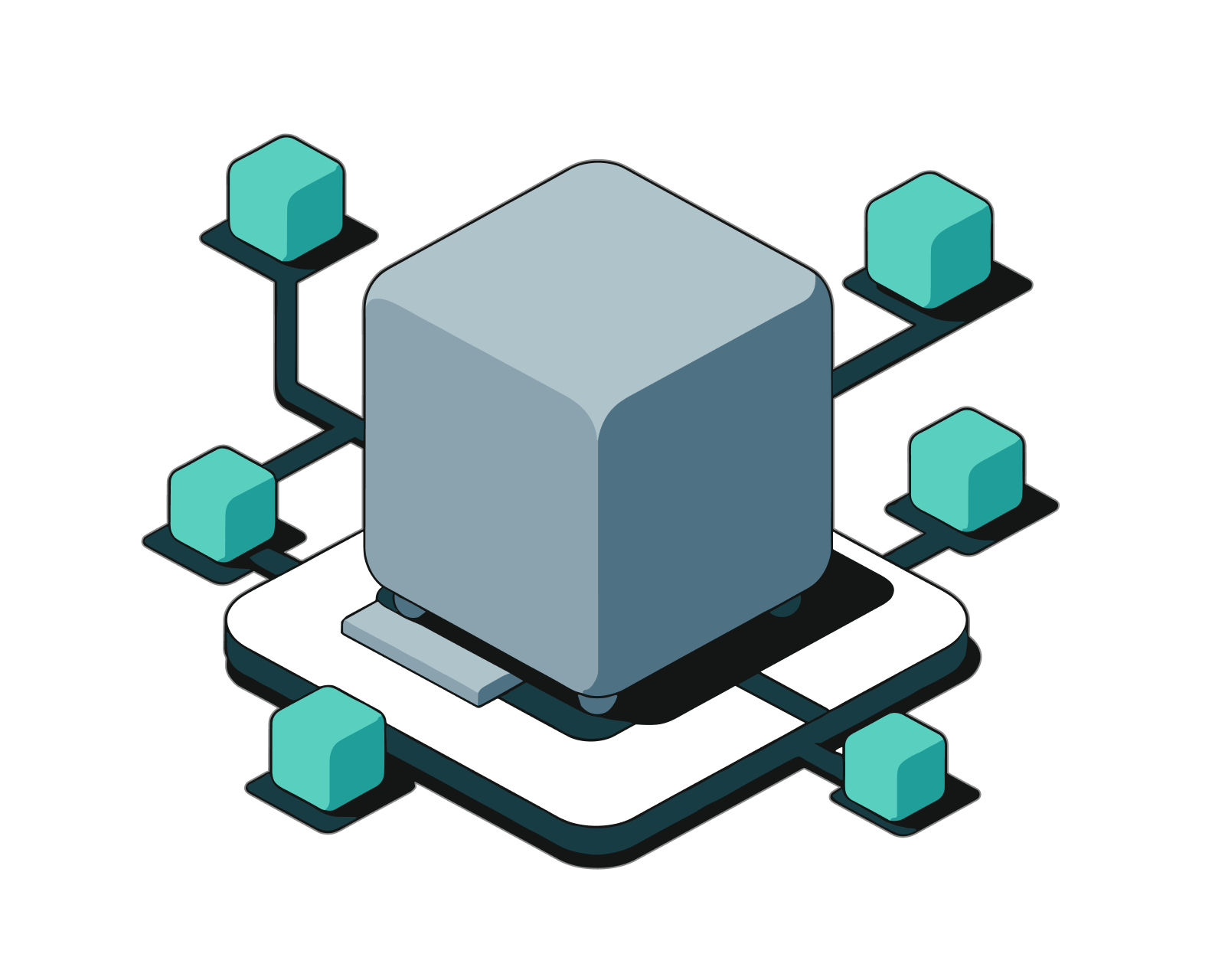
What is ETH gas and how do fees work in Ethereum?
Learn about the unit for measuring transaction fees in Ethereum, get details on the Ethereum fee market, and discover how to customize the fees you pay.
Read this article →
What is ETH gas and how do fees work in Ethereum?
Learn about the unit for measuring transaction fees in Ethereum, get details on the Ethereum fee market, and discover how to customize the fees you pay.
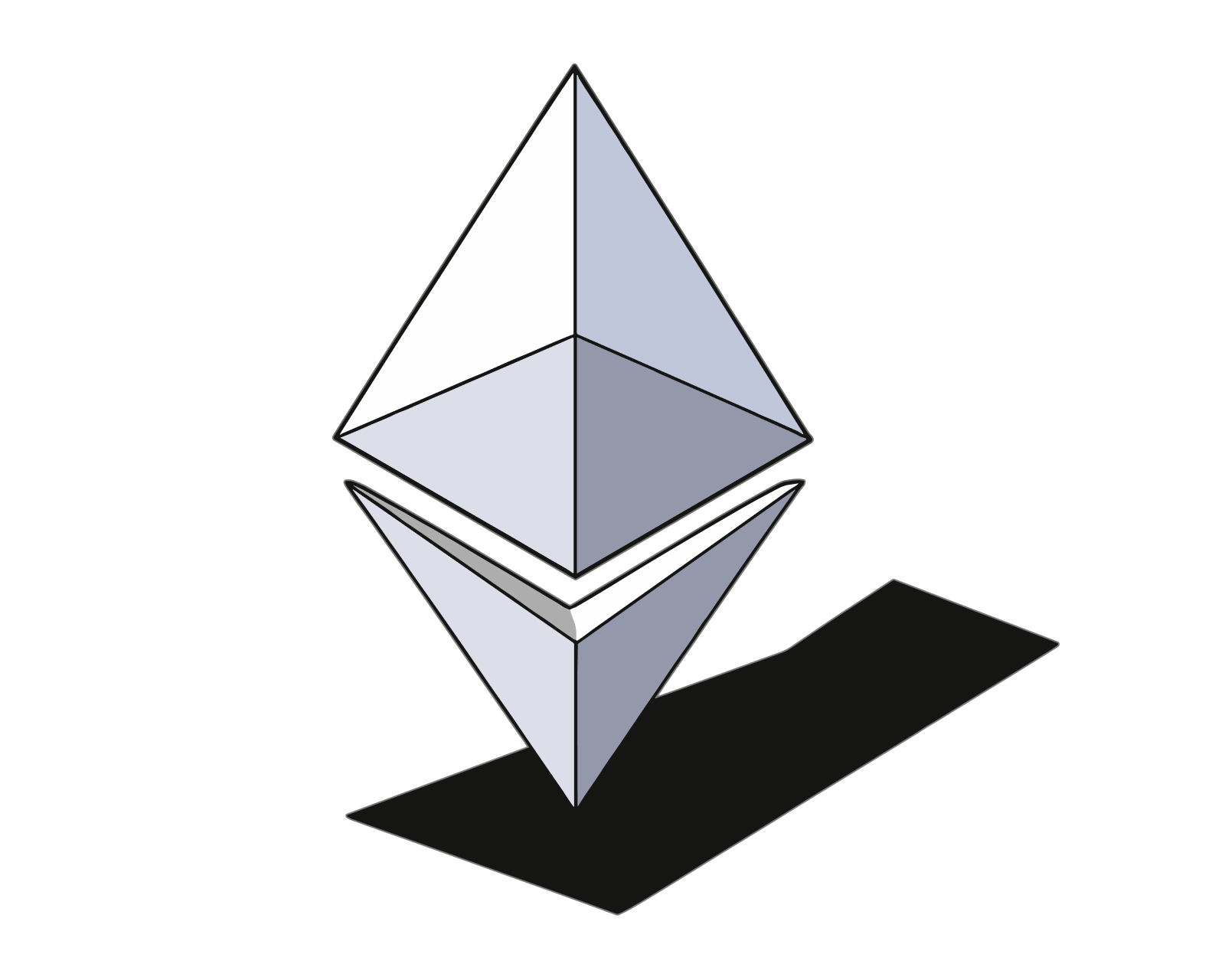
What is EIP 1559?
Understand how EIP 1559 overhauled the fee market in Ethereum and what it means for ETH's circulating supply.
Read this article →
What is EIP 1559?
Understand how EIP 1559 overhauled the fee market in Ethereum and what it means for ETH's circulating supply.
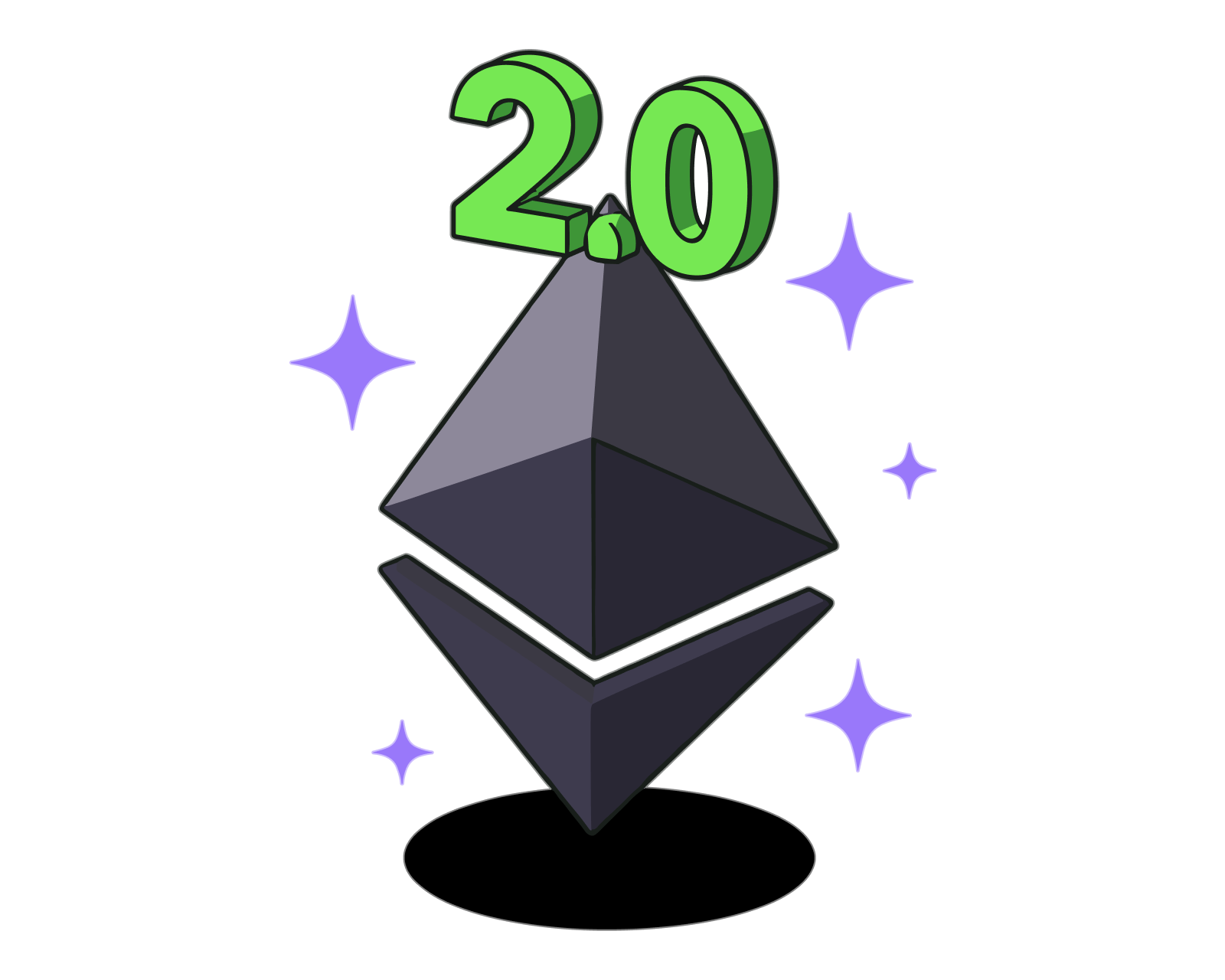
What is Ethereum 2.0?
Learn about Ethereum's attempt to solve the blockchain trilemma with a move to Proof of Stake, sharding, and more.
Read this article →
What is Ethereum 2.0?
Learn about Ethereum's attempt to solve the blockchain trilemma with a move to Proof of Stake, sharding, and more.
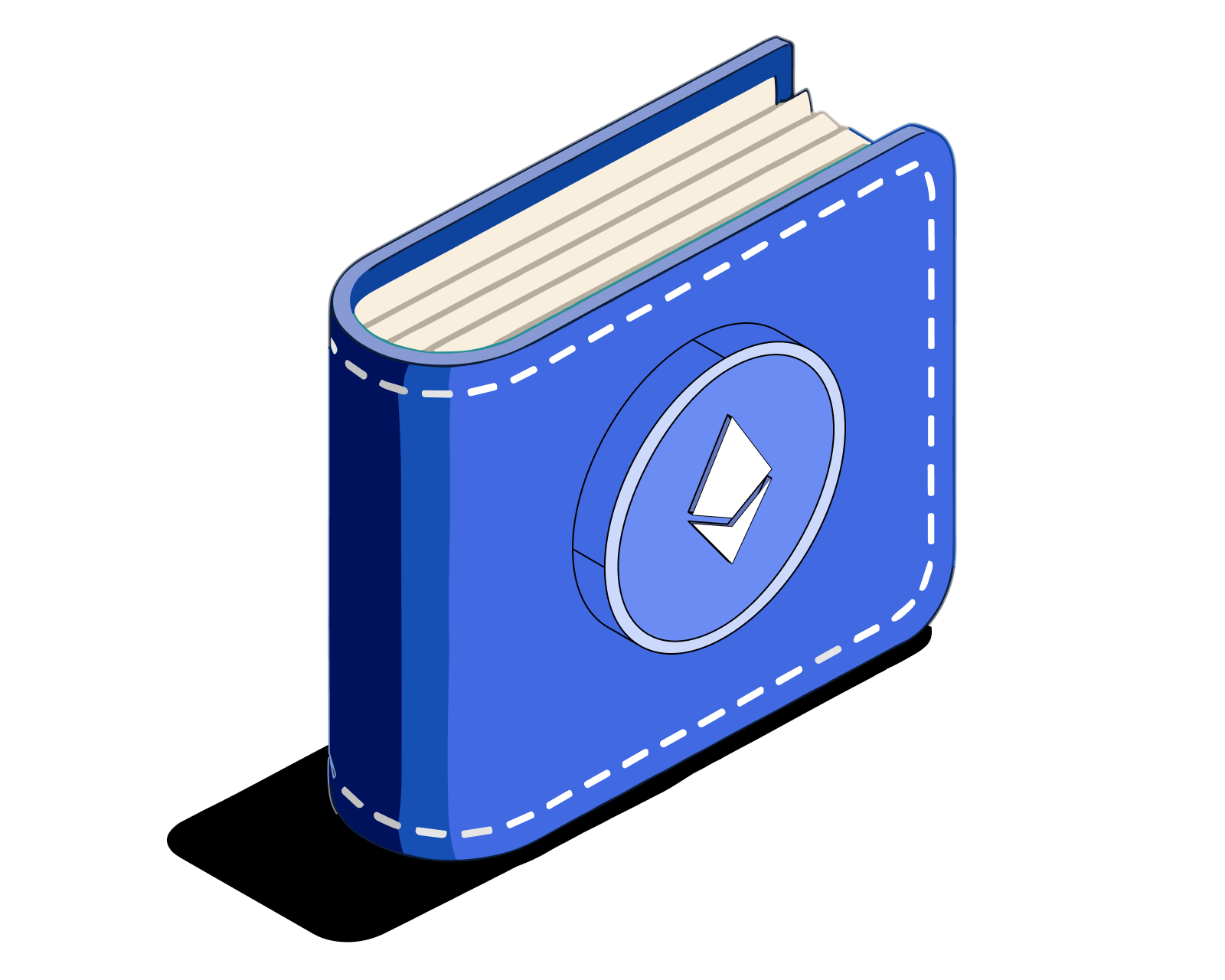
How to create an Ethereum wallet
Creating an Ethereum wallet is as easy as installing software on your mobile device or laptop/desktop.
Read this article →
How to create an Ethereum wallet
Creating an Ethereum wallet is as easy as installing software on your mobile device or laptop/desktop.
STAY AHEAD IN CRYPTO
Stay ahead in crypto with our weekly newsletter delivering the insights that matter most
Weekly crypto news, curated for you
Actionable insights and educational tips
Updates on products fueling economic freedom
No spam. Unsubscribe anytime.



Start investing safely with the Bitcoin.com Wallet
Over wallets created so far
Everything you need to buy, sell, trade, and invest your Bitcoin and cryptocurrency securely

© 2026 Saint Bitts LLC Bitcoin.com. All rights reserved


